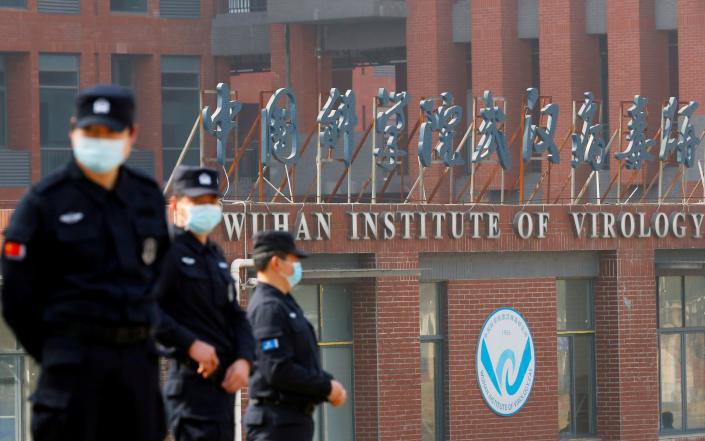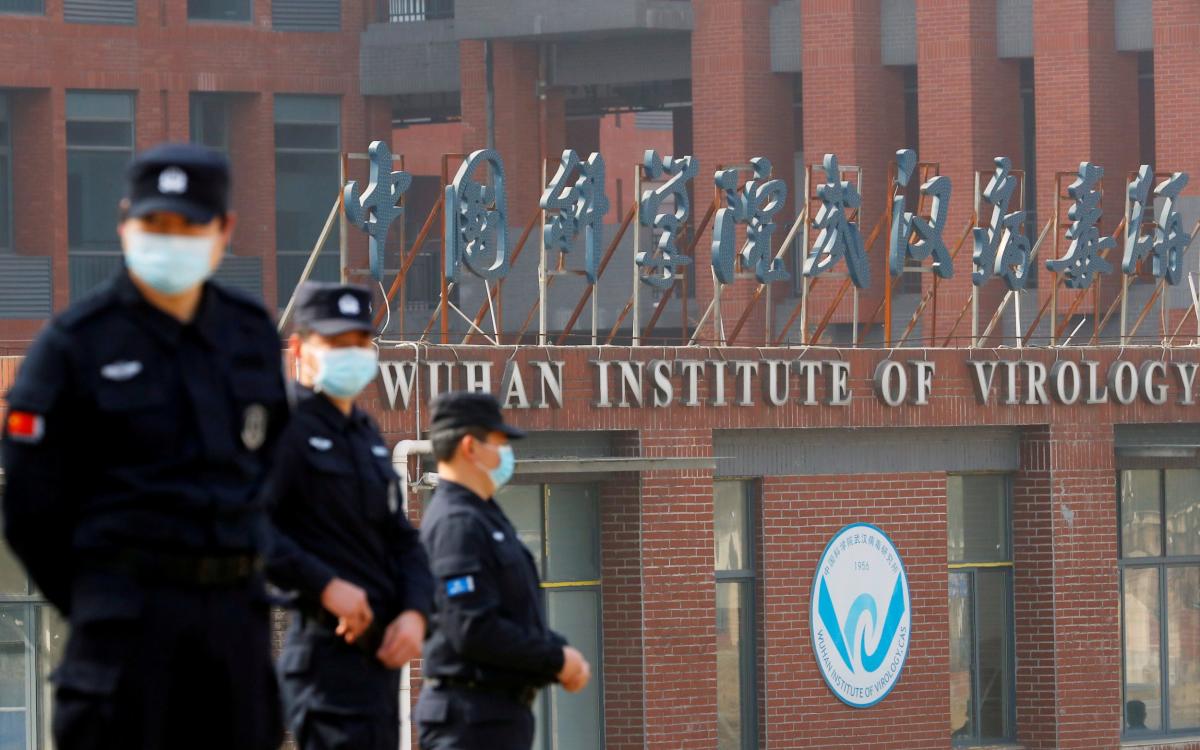
Chinese researchers may have begun developing two Covid vaccines in November 2019, before the official start of the outbreak, according to a US Senate report.
The claims come in a 300-page document, which concluded that the pandemic most likely originated from a laboratory leak and was the result of an “investigation-related incident” in Wuhan.
It said the theory that Covid-19 jumped from animal to human in a market no longer deserved “presumption of accuracy”.
The report argued that Chinese researchers appeared to begin developing at least two Covid vaccines at the Wuhan Institute of Virology (WIV) in November 2019, meaning that “SARS-CoV-2 would have been present at WIV before the known outbreak of the pandemic.”.
The allegations add credence to the lab leak theory and support allegations that China covered up early cases of the outbreak.
The 300-page report, released to Axios, was the full version of a 35-page summary published in October by the Senate Health, Education, Labor and Pensions Committee.
It read: “The Covid-19 pandemic was, more than likely, the result of a research-related incident.
New information, made public and independently verifiable, could change this assessment.
“However, the hypothesis of a natural zoonotic origin no longer deserves the benefit of the doubt, or presumption of accuracy.”
The report suggested that proponents of the natural transmission theory should “provide clear and compelling evidence” for their argument.
It concluded: “The preponderance of information confirms the plausibility of a study-related incident that was likely unintentional due to biosafety control failures during vaccine-related research.”
No evidence for a natural overflow
Scientists and US intelligence agencies are divided on whether the pandemic originated at the Wuhan Institute of Virology [WIV]who had collected and manipulated bat viruses, or from a natural overflow at a live animal market in Wuhan.
The report said there were “anomalies” between Covid-19 and other diseases that have passed naturally from animals to humans.
And it said that three years later no critical evidence had been found that there was a natural overflow.
It added that the virus had not spread in different places and at different times, as might be expected if that was the cause.
The report also noted that the type of bat closest to carrying the virus to Covid-19 lived more than 1,000 miles from Wuhan.
However, the lab had collected more than 200 coronaviruses and workers had been photographed handling bats with inadequate protective gear, the report said.
Scientists there were involved in research aimed at preventing future pandemics and had sought funding to develop coronaviruses, it said.

The report said: “A research-related incident is consistent with early epidemiology [of Covid-19] shows a rapid spread of the virus in Wuhan, with the first calls for help being near WIV’s original campus in downtown Wuhan.
“In short, human error, mechanical failure, animal bites, animal escapes, inadequate training, insufficient funding and pressure to achieve results can lead to the escape of virulent pathogens, which in turn can infect animals and humans and lead to a release of a virus from a lab.”
No definitive conclusion
However, the report did not reach a “conclusive” conclusion about the origins of the pandemic.
It said: “More information is needed to arrive at a more accurate, if not definitive, understanding of the origins… and how the Covid-19 pandemic began.
“Governments, leaders, public health officials and scientists involved in tackling the Covid-19 pandemic and preventing future pandemics must commit to greater transparency, involvement and accountability in their efforts.”
Last month, Christopher Wray, the director of the FBI, said Covid was “most likely” leaked from the Wuhan lab.
Mr Wray said: “The FBI has long determined that the origin of the pandemic is most likely a possible laboratory incident in Wuhan.”
The U.S. Department of Energy has also concluded that a laboratory leak was the most likely cause, albeit with “little confidence”.
The energy department oversees a network of 17 U.S. laboratories that conduct research in advanced biology.
Meanwhile, the CIA reportedly remains undecided between the lab leak and the natural transmission theories.
Jake Sullivan, the US national security adviser, said last month that there was no “final answer” yet.
He said: “Some elements of the intelligence community have jumped to conclusions on the one hand, others on the other, and some have said they just don’t have enough information to be sure.”

